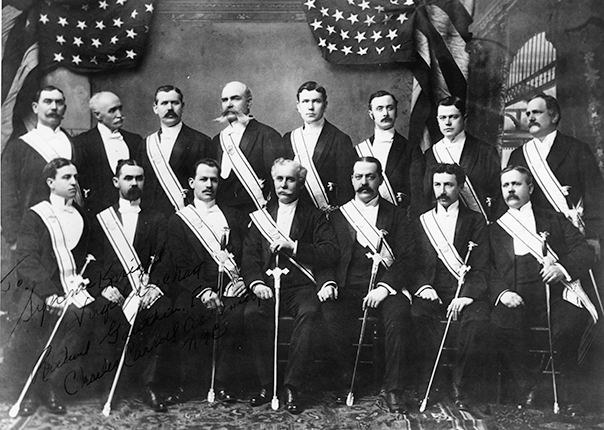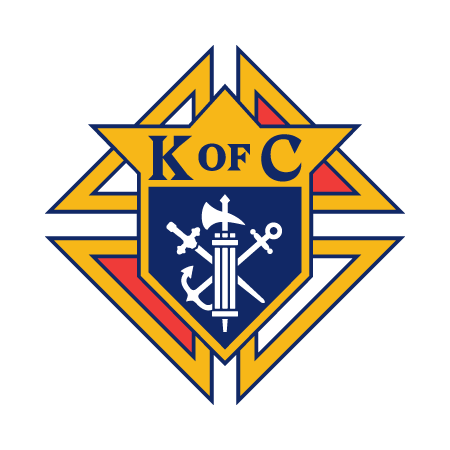KNIGHTS OF COLUMBUS
St. Patrick's Basilica Ottawa Council 485
HISTORY OF THE KNIGHTS OF COLUMBUS

The Knights of Columbus was founded by Blessed Father Michael J. McGivney, an Irish-American Catholic priest, in New Haven, Connecticut. On October 2, 1881, Father McGivney convened a meeting with men from St. Mary’s parish, and the Order was officially incorporated on March 29, 1882, under Connecticut law. While the initial councils were established in Connecticut, the Order rapidly expanded across New England and throughout the United States.
The core motivation behind the Order was to create a mutual benefit society. As a parish priest in an immigrant community, McGivney witnessed the hardships faced by families when the primary earner passed away. He aimed to provide insurance to support widows and orphans. Having temporarily left his seminary studies to care for his own family after his father’s death, McGivney understood the importance of such support. In the late 19th century, Catholics were often excluded from labor unions and social service organizations, and were barred from many fraternal groups, including Freemasonry. McGivney sought to offer an alternative that would allow Catholics to embrace both their faith and fraternal values.
McGivney explored existing Catholic organizations like the Massachusetts Catholic Order of Foresters and the Catholic Benevolent League but found them lacking in appeal. He decided instead to create a unique organization. While he initially proposed the name “Sons of Columbus,” James T. Mullen, who became the first Supreme Knight, suggested “Knights of Columbus” to better reflect the Order’s ritualistic nature. This name was chosen to honor Christopher Columbus, a hero to many American Catholics, and to bridge the gap between Irish-Catholic founders and other Catholic immigrants in Connecticut.

The name also served as a subtle counter to Anglo-Saxon Protestant leaders who celebrated Columbus but marginalized Catholic immigrants. By choosing Columbus as their patron, the Knights of Columbus asserted that Catholics were integral to American society and its foundation.
By the first annual convention in 1884, the Order had flourished, with 459 members across five councils in Connecticut and growing interest from other states. The 1899 Charter outlined purposes beyond mutual benefit, emphasizing social and intellectual engagement among members.
McGivney’s original insurance plan provided a $1,000 death benefit to a deceased Knight’s widow. Members contributed a $1 assessment per death, which decreased as membership grew. Younger members paid more over their lifetimes than older ones. There was also a Sick Benefit Deposit, providing up to $5 a week for 13 weeks to sick members, with additional support regulated by their council if illness continued.

Around 1912, rumors circulated that fourth-degree Knights swore an oath to target Freemasons and Protestants. Although denied and corrected, these claims were used against Catholic candidate Al Smith in the 1928 Presidential election.
Today, with over 15,000 councils globally, the Knights of Columbus is a multi-billion-dollar charitable organization. Members engage in various activities, including fundraising for developmental disabilities, volunteering for the Special Olympics, erecting pro-life billboards, conducting blood drives, and participating in patriotic events.
In 2010, the cause for McGivney’s canonization was advanced by the Congregation for the Causes of Saints. On March 15, 2008, Pope Benedict XVI recognized McGivney’s heroic virtue, elevating him to “Venerable Servant of God.” Should the canonization process succeed, McGivney will be the first U.S.-born priest to be declared a Saint.

